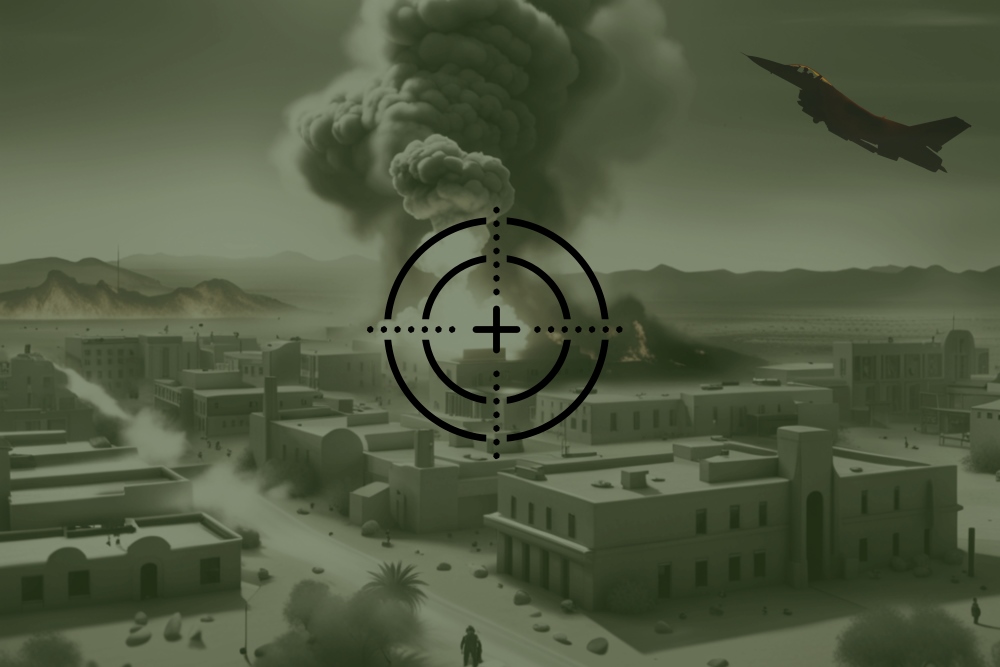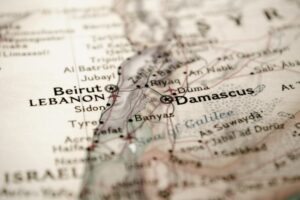
The IDF conducted a series of strikes Monday night on Hezbollah assets in the Beqaa region, deep in Lebanese territory. The Air Force reportedly targeted three sites, including a strategic weapons storage facility.
According to Maariv Online, the bombed arms depot contained large stockpiles of mortar shells, anti-tank missiles, and other munitions. The unusually large quantity of weapons triggered secondary explosions that continued for hours.
The airstrikes came as the IDF is intensifying attacks in Lebanon to reduce Hezbollah’s weapons stockpiles. Maariv reports that the Air Force attacked 150 Hezbollah targets in the past 20 days, focusing on arms depots as well as rocket and drone launchers.
Hinting at Israel’s strategy, Defense Minister Yoav Gallant stated that the IDF is shifting the focus of military operations from Gaza to the northern front. He added that the latest attacks deep in Lebanon aim to pave the way for any potential developments, implying that the IDF may soon embark on a large-scale campaign against Hezbollah.
Vital Hezbollah stronghold
Israel’s decision to strike in the Beqaa area marks an effort to target the heartland of the Lebanese terror base. The region serves as Hezbollah’s logistical base and hosts a wide array of strategic weapons and military infrastructure, according to the Alma research center.
Hezbollah uses warehouses in the region to store short-range and long-range rockets, missiles, and air defense systems, Alma reports. While Hezbollah claims that some key military assets are kept in deep tunnels, the group stores many weapons above ground, Alma estimates.
The Beqaa Valley, stretching along Lebanon’s eastern border with Syria, has long been a stronghold for Hezbollah, serving as a critical nexus for its terror operations. The area’s proximity to Syria facilitates the transfer of weapons and personnel, while its rugged terrain provides natural cover for military installations and training camps.
Hezbollah’s entrenchment in the Beqaa dates back to the 1980s, when it first established a presence in the region with Iranian support. Over the decades, the group developed an extensive network of underground bunkers, missile launch sites, and command centers throughout the valley.
This infrastructure not only bolsters Hezbollah’s military capabilities but also cements its political influence in Lebanon. The region’s strategic value is further enhanced by its location along key transportation routes, allowing Hezbollah to control movement between Lebanon and Syria, and providing a buffer zone against potential Israeli ground operations.


